Suppose a data:
df1 <- tibble::tribble(~"M1", ~"M2", ~"Beer, pints", ~"Coffee, oz", ~"Gasoline, galons", ~"Milk, galons", ~"Warehouse, square feet", ~"Nearest place, miles",
"NY", "22", "10", "12", "15", "100", "100", "20",
"NY", "20", "9", "10", "12", "100", "100", "20",
"NY", "18", "8", "9", "11", "100", "100", "20",
"M1", "M2", "Beer, liters", "Coffee, cups (120 ml)", "Gasoline, liters", "Milk, liters", "Warehouse, square meters", "Nearest place, kilometers",
"PR", "22", "7", "8", "9", "70", "67", "7",
"PR", "20", "6", "7", "8", "80", "75", "7",
"M1", "M2", "Beer, pints", "Coffee, oz", "Gasoline, liters", "Milk, liters", "Warehouse, square feet", "Nearest place, miles",
"KR", "22", "6", "6", "7", "60", "50", "9",
"KR", "20", "5", "6", "8", "55", "65", "9",
"KR", "18", "5", "6", "8", "50", "55", "9")
Is there a nice method to recalculate all columns in the same metrics (like if it is liters, then the entrire column should be liters; if miles (not kilometers), then the entire column to be miles [based on condition in the subheadings inside]? It could be great to think on the nicest methods to solve it.
PS: for information:
1 gallon = 3.78541 liters
1 pint = 0.473176 liters
1 oz = 0.0295735 liters
11 square feet = 1.02193 square meters
1 mile = 1.60934 kilometers
I am just wondering and just started to consider for solution. I am interested to look for possible nice solutions. In addition, it will be interesting for the entire R community to think on the best methods to edit the data by condition.
